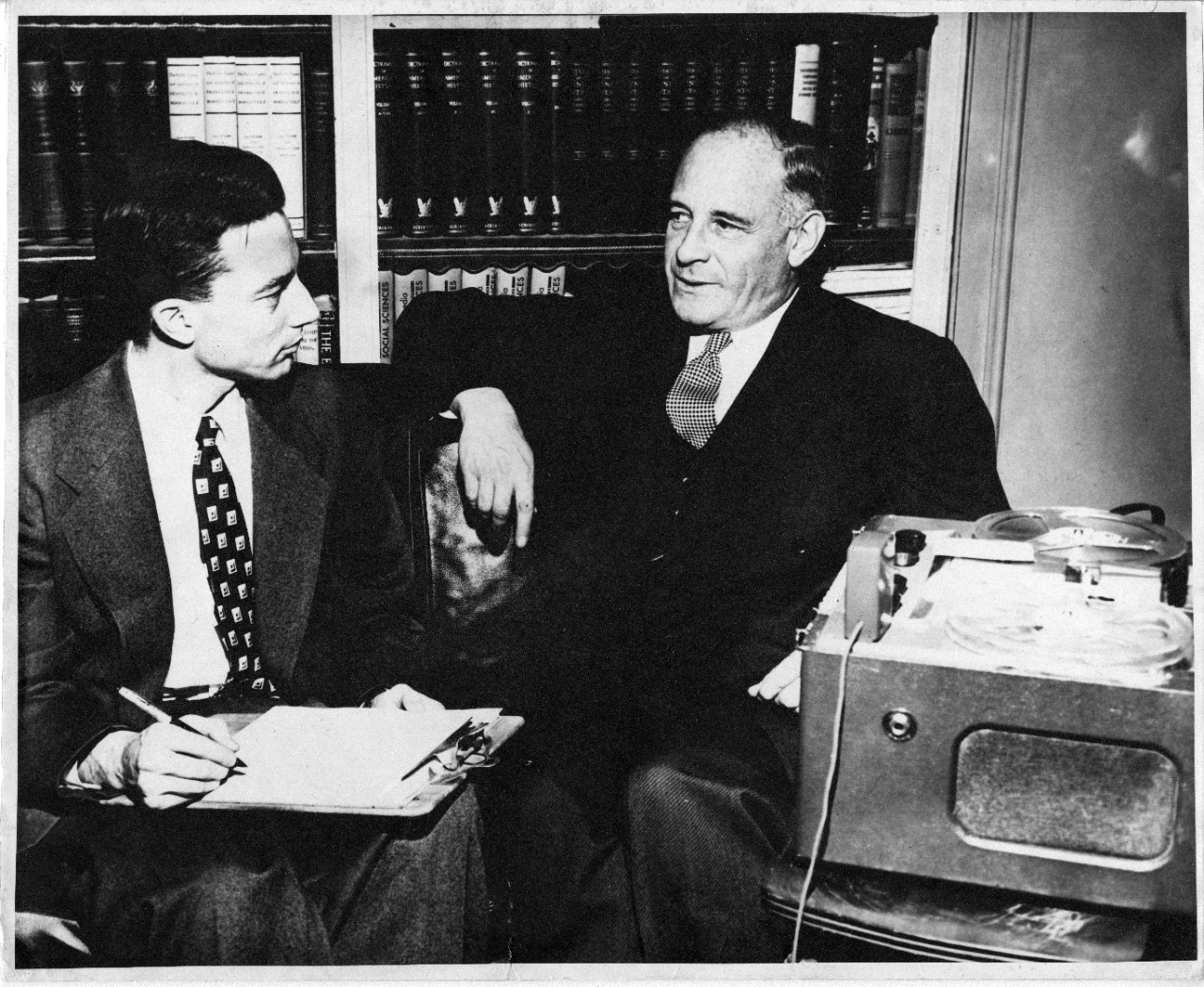

Click on the online tutorials provided below to learn more about how to identify and distinguish between primary and secondary sources.
Primary sources are the evidence of history, first-hand accounts of an event or period of time created by participants or observers. There are many kinds of primary sources including:

Primary sources include books written during the period for your topic (e.g., during the 1780s), books written by key participants of an event, published collections of correspondence and other personal writings, memoirs and reprints of primary source material. For example, this collection of letters written between Abigail and John Adams is a primary source for the revolutionary period, even though published in 2007, because the original letters were written between 1762 and 1801.

Newspapers are a primary source providing a first rough draft of events. Since most newspapers are local in scope, there is good coverage of local issues. Newspapers also provide a good feel for the time period. Popular magazines (news, fashion, sports, etc.) also provide a good feel for the period. In addition to the articles, the illustrations and advertisements that are embedded in magazines and newspapers are useful primary sources -- especially for the study of consumerism, gender roles, material culture, history of technology, and popular culture.

The Federal Government (as well as state & local) produces a wide array of publications ranging from Congressional bills, debates, hearings and reports to agency research publications, maps and posters. Plus there is census and statistical data, presidential speeches, scientific studies, propaganda, diplomatic correspondence and more. As primary sources these official governmental publications provide insight into all aspects of history from social issues to politics, from cultural mores to scientific endeavor.

Manuscript material are unpublished sources such as letters, diaries and organizational and company records. Letters and diaries provide a personal angle on history and often gives voice to the common person such as the WWI soldier in the trenches or the sweetheart on the homefront. Organizational & company rcords provide a insider's view of an institution through meeting minutes, correspondence and other material.

Photographs, drawings and other images provide information you can't always get from a text source. Images can provide details of everyday life such as clothing and material culture. Though we often take photographs at face value. It is important to keep in mind that photographs are not an unbiased reflection of reality -- the photographer chooses what and how to depict a certain scene. Many photographs do not provide much context, may not even provide an exact date or location. You will need to analyze photographs for clues.

Maps provide a spatial dimension and can reveal aspects of a neighborhood that may not be visible at first glance such as transport networks and environmental dimensions. Different kinds of maps provide different kinds of information -- a fire insurance map is different from a topographical map. It is important to keep in mind that maps are not a mirror of reality -- the creator of a map chooses what to include and how to depict a certain place within the cartographic conventions of the times.

Oral histories provide a unique, personal angle on history and often gives voice to the everyday person. They are by their very nature subjective and individualistic, shaped by the interview questions, as well as the interpersonal dynamic between interviewer and interviewee. Oral histories are based on memory and memory is both selective and fallible. Events may be collapsed and dates may be off as the interviewee attempts to tell a coherent and consistent story of the past.

Music and sound recordings, as well as album covers and sheet music, provide insight into popular culture of a time and can reveal conventions concerning race, gender, and other societal mores. Some music may have an overtly political or social message that illustrate the concerns of the time (e.g., Strange Fruit or We Shall Overcome).